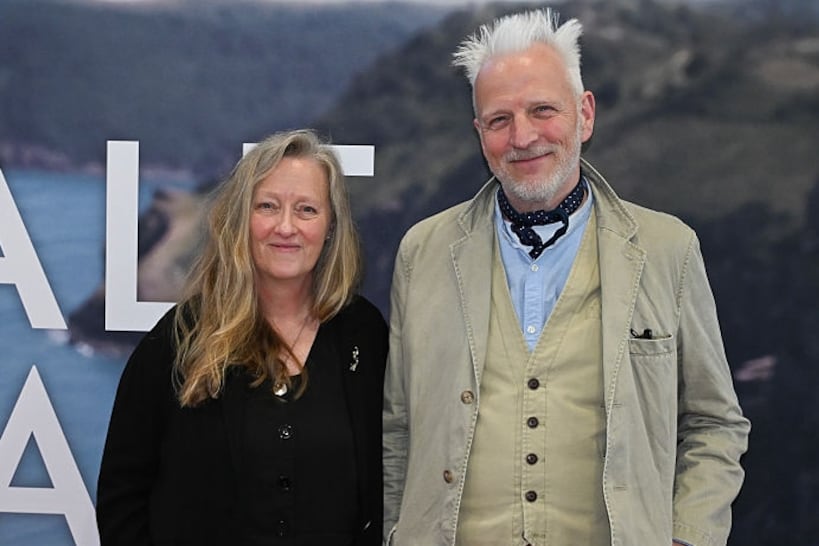The head of the Sexual Assault Treatment Unit (SATU) national network has stated that it is a concern that physical restraints were used in one quarter of alleged rapes and sexual assaults reported to the service last year.
Prof Maeve Eogan was commenting on the 2021 SATU annual report which shows that physical restraint was used in 216 or 25 per cent of incidents and use of weapons, gun/knife or other was disclosed in 61 or 7 per cent of cases.
HSE National Clinical Lead with SATU, Prof Eogan said that the use of restraints in alleged rapes and sexual assaults “is not something we have previously reported on” and commented that the 25 per cent figure “is certainly a concern”.
Prof Eogan said that the SATU network welcomes that Minister for Justice, Helen McEntee “has secured Government approval to draft legislation to make non-fatal strangulation a standalone offence, as research has shown this to be an indicator of a higher risk of future, lethal violence”.
READ MORE
The new report shows that the number of alleged rapes and sexual assaults reported last year increased by 17 per cent or 127 to 859 at six SATUs and Prof Eogan confirmed that attendances are this year running at a higher rate.
On the 2021 increase, Prof Eogan said: “Even though there were COVID restrictions for portions of 2021 the numbers almost returned to pre-Covid levels. Hopefully this increase does not represent an increase in sexual violence, but more that people are now aware of the service and seek care from SATU when they need it.”
Director of the Dublin Rape Crisis Centre, Noeline Blackwell said that the 25 per cent use of restraints in reported incidents by SATU “is very high. It is a worrying trend. It is very important that SATU is now producing these figures”.
She said that the SATU figures follow helpline staff and therapists at the Rape Crisis Centre becoming concerned about increasingly violent nature of sexual assaults over the past few years.
Ms Blackwell said that the high percentage of restraint use supports a view that perpetrators “watching pornography with harmful behaviour must be playing a part but what part I don’t know”.
Ms Blackwell said that the use of restraints in rape and sexual assault cases points to “added elements of people feeling degraded and feeling that someone did something to humiliate them” on top of the trauma of being a victim of a rape or sexual assault.
The report suggests that 94 per cent of assaults were by a single assailant, with 5 per cent committed by multiple assailants.
The report also says that 308 or 34 per cent of 903 perpetrators were described as a ‘stranger’ or ‘recent acquaintance’, 169 or 19 per cent as a ‘friend’ or ‘family member’ while 101 or 11 per cent were described as an intimate or ex-intimate partner.
Twenty five or 3 per cent of perpetrators were described as ‘persons in authority’.
Ninety two per cent of the overall total who attended were female, with 7 per cent being male and 1 per cent other.
The report shows that 580 or 67 per cent of patients attending SATUs reported the incident to the Gardaí.













